Stephan Balleux

Head of Bacchus
Looking at Balleux’s already quite considerable oeuvre, we find a paradigm expressing the mimetic stability of a figure and strategies for altering — ‘disfiguring’ — it. As if what has been the historical basis of painting since the Renaissance has been contradicted, not by the deconstruction of perspective — the work of the twentieth-century avant-garde — but by the inversion of the process towards resemblance, upon which the vanity of painting rested until then.
Stephan Balleux is the child of a century in which gathering images constituted the initial act of creation. As such, although a painter, he has inherited that doubt with regard to painting sown by Marcel Duchamp and deepened by the serial approaches of pop art and conceptual art.
His way of painting starts with a collection of already existing images, whereby he does not ‘paint’ so much as assemble. His real and entire aim as a painter is to disfigure.
Yet this is not mere destruction, commonplace devastation brought about by any bad painting. Indeed there is a sort of paradox in the means Stephan Balleux uses to disfigure an image, with the artist employing his mastery of figuration to disfigure. The symbol of this paradox resides in his strange magma of paint, his ‘blobs,’ as Balleux calls them. Seemingly daubed wildly on the canvas, yet in fact meticulously detailed down to the smallest folds and waves, they are, in my view, emblematic of his whole painterly oeuvre.
Dominique Païni, 2014, in Stephan Balleux: The Painting and its Double, Editions Racine
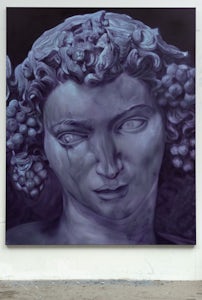
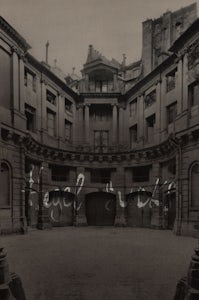
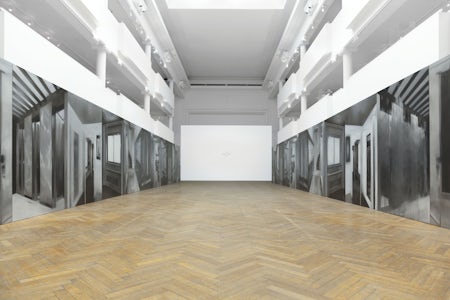
_16x11_4x4_5cm_Created_during_residency_Sundaymorning_EKWC_Porcelain_2010.jpg?q=60&auto=format&h=300)
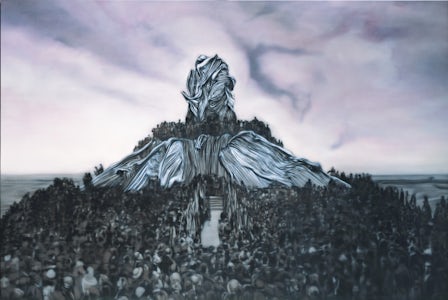
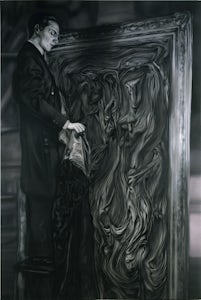
Group shows (selection)
Art in public space (selection)
Fairs (selectie)
Discover Stephan Balleux also among:
Artists
A curated overview of visual artists in Flanders.
Flanders Arts Institute
Expertise centre for performing arts, music and visual arts.

